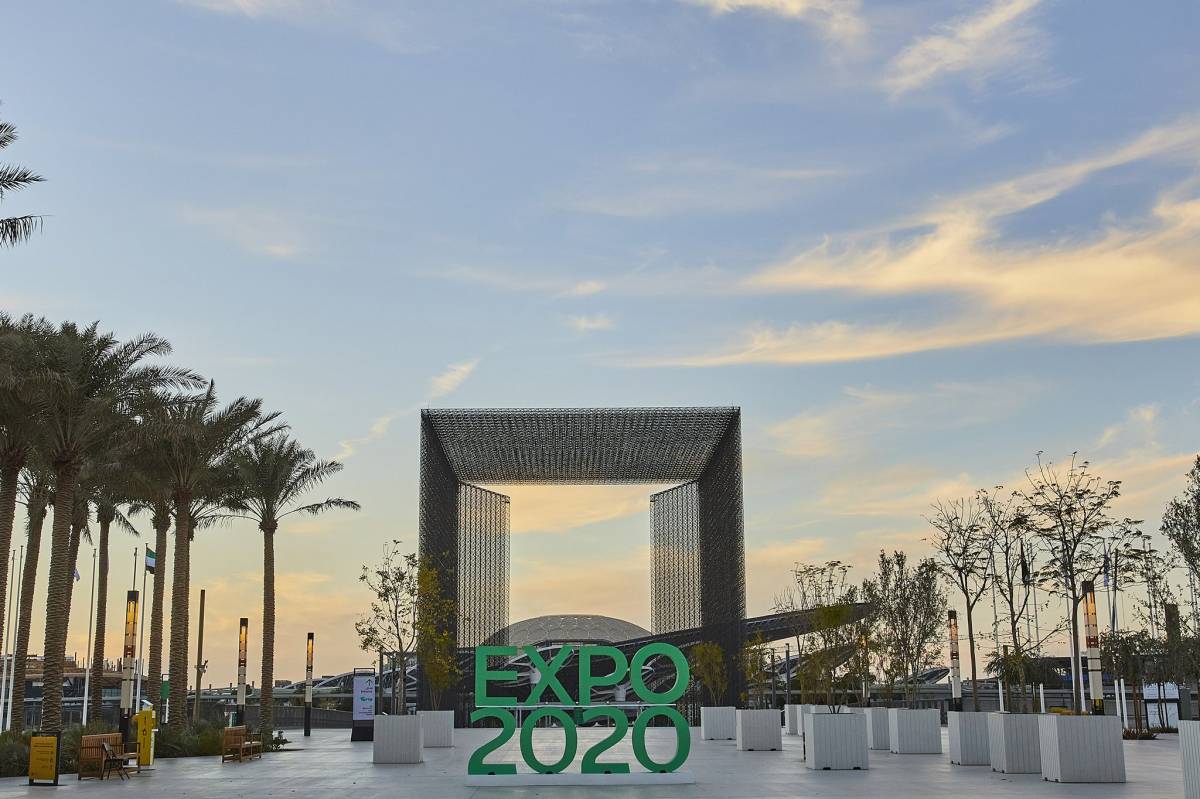The artefacts include a copy of the Ugarit alphabet, which is the first alphabet known by humanity, as well as a pharaonic coffin recently discovered in Giza…reports Asian Lite News
The Expo 2020 Dubai will offer visitors a unique opportunity to see three key heritage artefacts from the Canaanite and Pharaonic civilisations, and the Renaissance era.
The artefacts include a copy of the Ugarit alphabet, which is the first alphabet known by humanity, as well as a pharaonic coffin recently discovered in Giza, Egypt, and a 3D version of Michelangelo’s sculpture, “David.”
Visitors to the Syrian pavilion can see a copy of the Ugarit alphabet dating back to 1400 BC, as well as explore the stages of development of writing in many areas of Syria and the global impact of the alphabet until the emergence of the Arabic language, which influenced many other languages.
The event’s visitors can also explore the oldest musical piece in the world, and experience an audio-visual interactive experience by playing and singing the piece written in Ugarit nearly 3,500 years ago.
Ugarit was a major Canaanite city built in the Ras Shamra region of Northern Latakia, Syria.
At the Egyptian pavilion, visitors can witness a rare archaeological piece, which is a recently discovered Pharaonic coffin.
The three-story pavilion, situated in the “Opportunities” area, will highlight the profound historic value and cultural wealth of Egypt and will be built in the pharaonic style engraved with hieroglyphs and an image of the famous Pharaoh, Tutankhamun, while its main entrance will have three angles simulating the pyramids.
The Italian pavilion will showcase a 3D version of Michelangelo’s David.
Michelangelo was a leading figure in art and architecture during the Renaissance era in Europe in the 15th and 16th centuries. His 6-metre-tall statue, David, is a famous artwork completed in 1504.

Leave a Reply